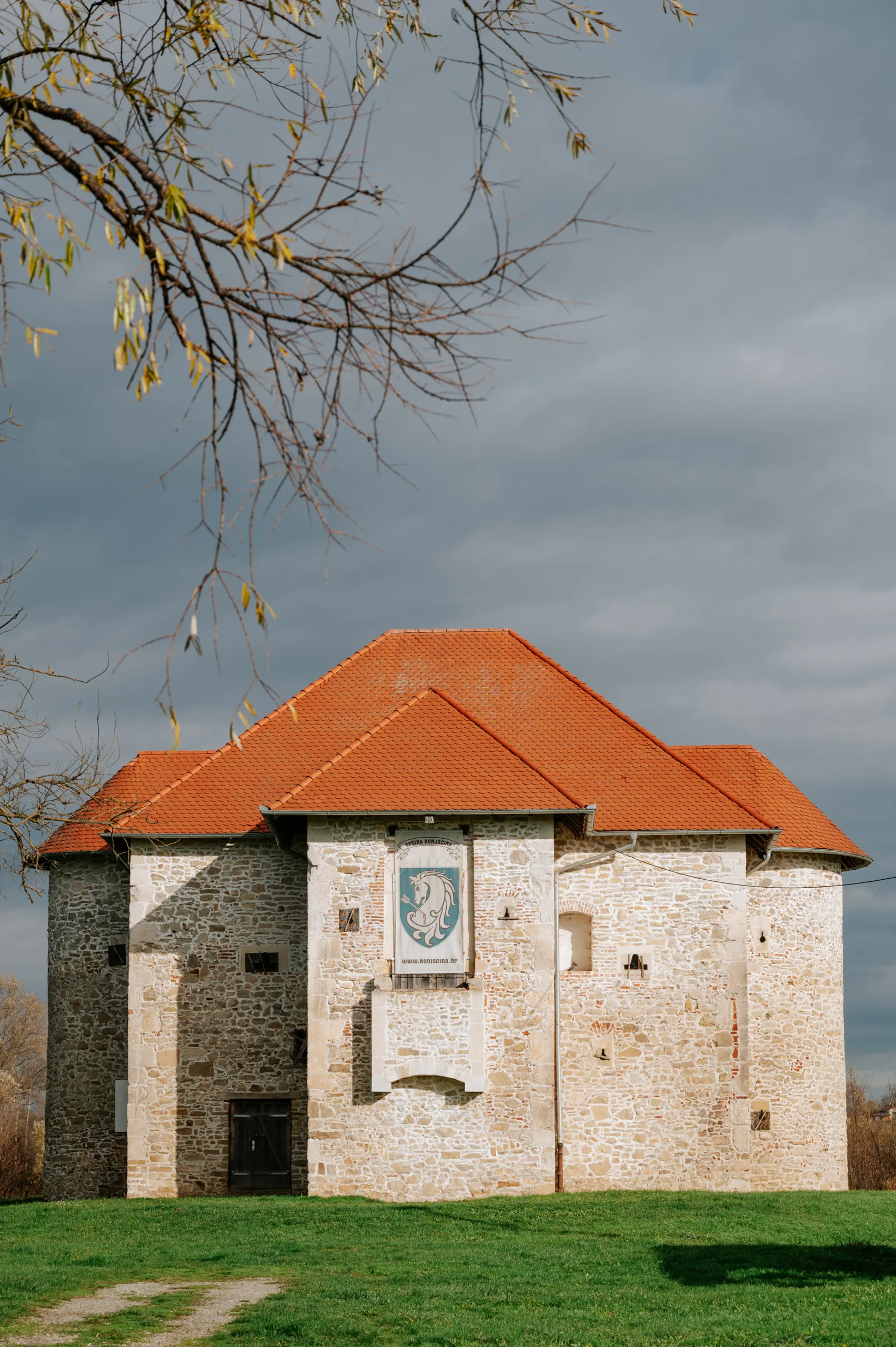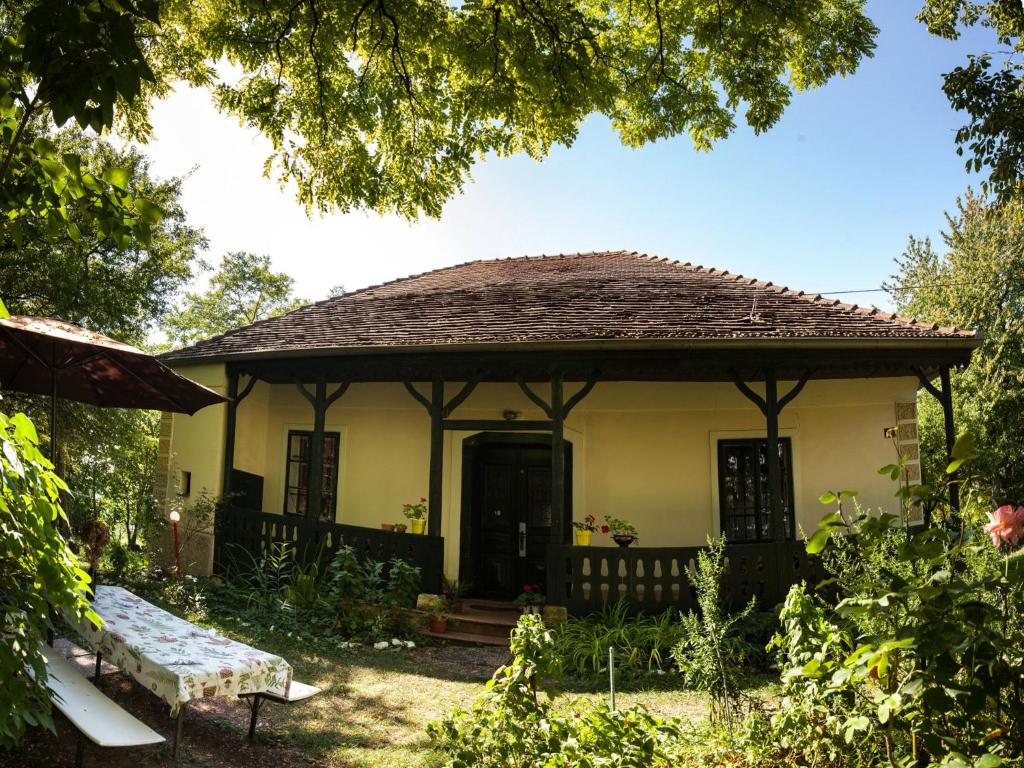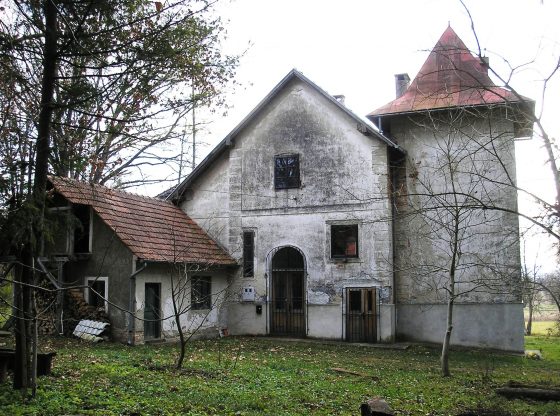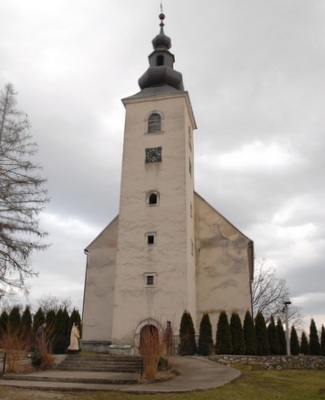Old town konjščina
Along the main road, which connects Zabok and Novi Marof, lies the Old Town of Konjščin. For years, this castle was a strategically important facility in Hrvatsko Zagorje, especially in its lowland part. The recently restored fort dates back to the late 15th century. It can be verified in the document by which King Matthias Corvinus allowed the Counts Christopher and John of Horse to erect a fortress in Selnica. Namely, this was the name of the settlement at the time, and later because of the Konjski family, originally from the Bjelovar region near Rovišće, it was named Konjščina.
The main characteristic of this castle is that it was built in the plain and this sets it apart from other Zagorje castles and fortifications, which, as a rule, were built on elevations. The old town, as well as Đurđevac and Ribnik, is one of the few examples of wasserburg, i.e. a lowland water fort surrounded by a double moat that was entered over the bridge. The floor plan is square in shape, and on each side there are towers – three semicircular and an entrance quadrangular tower.
The biggest battle with the Ottomans in Croatian Zagorje
Six centuries ago, 1545 to be exact. In 2001, the largest battle with the Ottomans in Hrvatsko Zagorje took place here. Namely, due to its strategic position, but also fortification, konjščin’s Old Town was an excellent place to welcome the Turks. Their army was on the move towards Styria, and they had no hinterland to protect nearby.
On their conquest, the Turks decided to be intercepted by Ban Nikola Zrinski and Count Juraj Wildenstein. The Turkish army, under the leadership of Ulama Pasha, had previously camped at the confluence of the Selnica stream into the Krapina River. When they heard what was coming, 4. The Turks suddenly crossed the ditch there and attacked the unprepared Croatian army, which dispersed, and the ban and count found their salvation in the fort. This was the only battle with the Turks in the open field in Hrvatsko Zagorje, and Franjo Tahy also participated in it, who later took over the Stubica-Susedgrad manor.
It is 1573. It was also part of the Peasants’ Revolt, and today there is an information board in front of the Old Town that reminds us of those days.
Renovation of the fort and fair at the Old Town
Throughout history, the Zagreb Diocese and Maksimilijan Vrhovac appeared as the owners of Konjščina, who is said to have converted the castle into a granary, but the ultimate ‘blow’ to the Old Town was dealt by the earthquake in 1880. Years and two world wars, after which it was quite devastated and left to decay.
At the end of the 1990s, however, the restoration of the fort began, so some of the archaeological materials found during excavations can be found in the Peasants’ Revolt Museum in Gornja Stubica.
Since 2007. In May, in may, in front of the fortress, a ‘Fair near the Old Town’ is held, where you can see numerous old customs and crafts (knights, blacksmiths, potters, honeymakers, fire eaters, jugglers, dancers, Glagolitics), and at the same time the already mentioned battle with the Ottomans is revived.
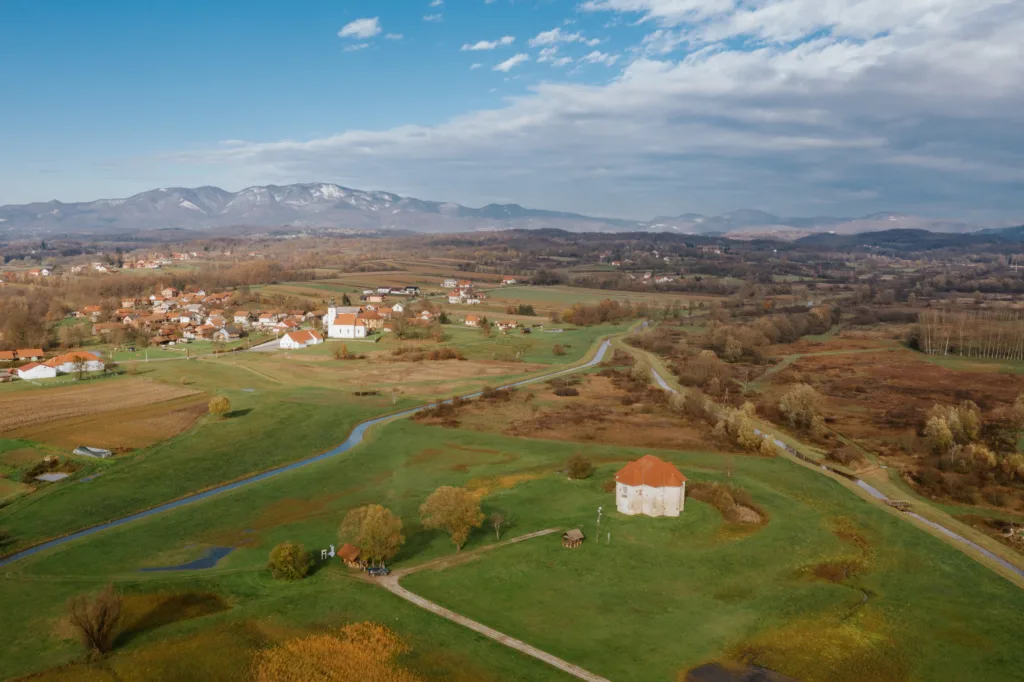
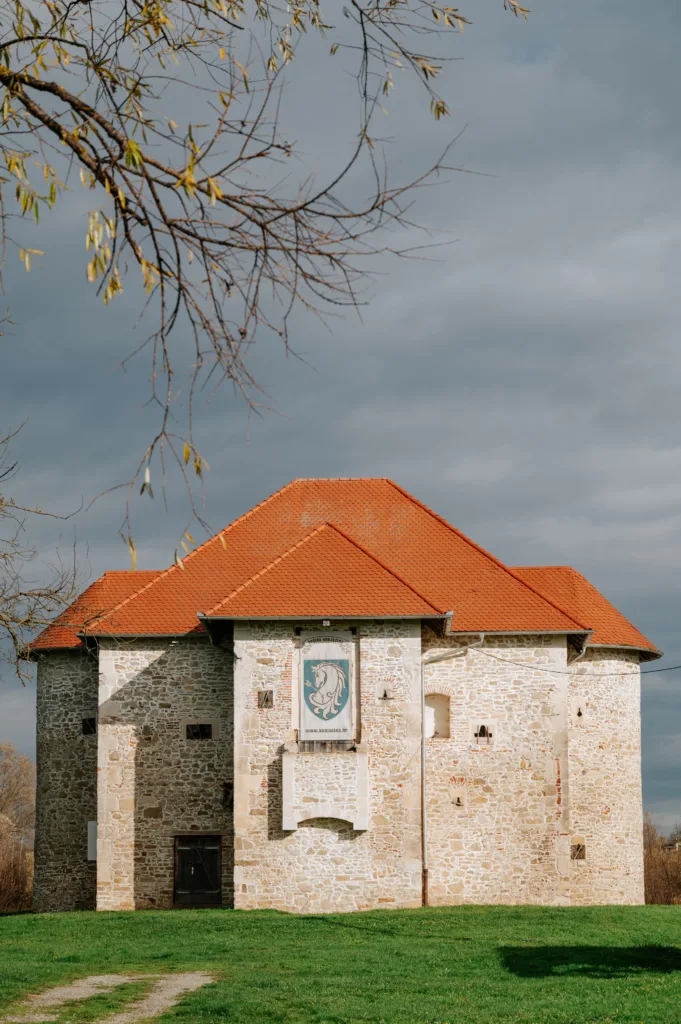
Retrieved from: https://www.putovnica.net/odredista/hrvatska/konjscina

